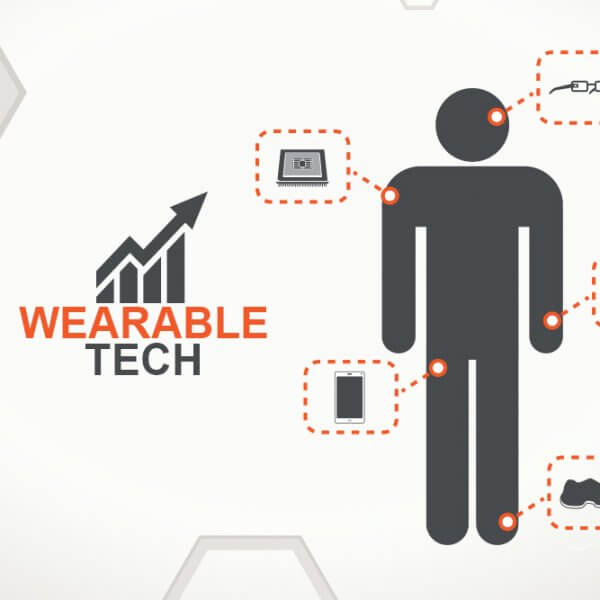Recent data and statistics demonstrate that overall American life expectancy has dropped for the first time in a decade, spurring an urgent and pressing need for the advent and proliferation of medical technology—coupled with scientific progress and laws to encourage innovation.
While the research points to specific factors that have lowered rates of mortality, including increased obesity, long-term unemployment, and a resurgence of chronic diseases, the studies incontrovertibly suggest the critical need to provide enhanced ‘life-saving and life-prolonging’ therapies and treatments.
There is no specific way to address the divergence of issues regarding lowered life expectancy, but there are particular measures that must be undertaken. These include enacting evidence-based policies that spur innovation, and further eliminating any roadblocks to America’s inventors.
Read More






 Dennis Robbins (M.P.H. Harvard, Ph.D., Boston College) is a prominent innovator, thought leader, and health activist. His distinguished career spans multiple sectors of health, wellness, health care, industry, medical and surgical devices and technology, disruptive innovation, ethics and policy. His initial work on patient-centric engagement and now person-centricity ™ has stimulated a major paradigmatic shift in how we think about health, healthcare, and next generation engagement across diverse ecosystems.
Dennis Robbins (M.P.H. Harvard, Ph.D., Boston College) is a prominent innovator, thought leader, and health activist. His distinguished career spans multiple sectors of health, wellness, health care, industry, medical and surgical devices and technology, disruptive innovation, ethics and policy. His initial work on patient-centric engagement and now person-centricity ™ has stimulated a major paradigmatic shift in how we think about health, healthcare, and next generation engagement across diverse ecosystems.